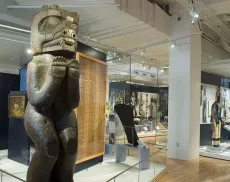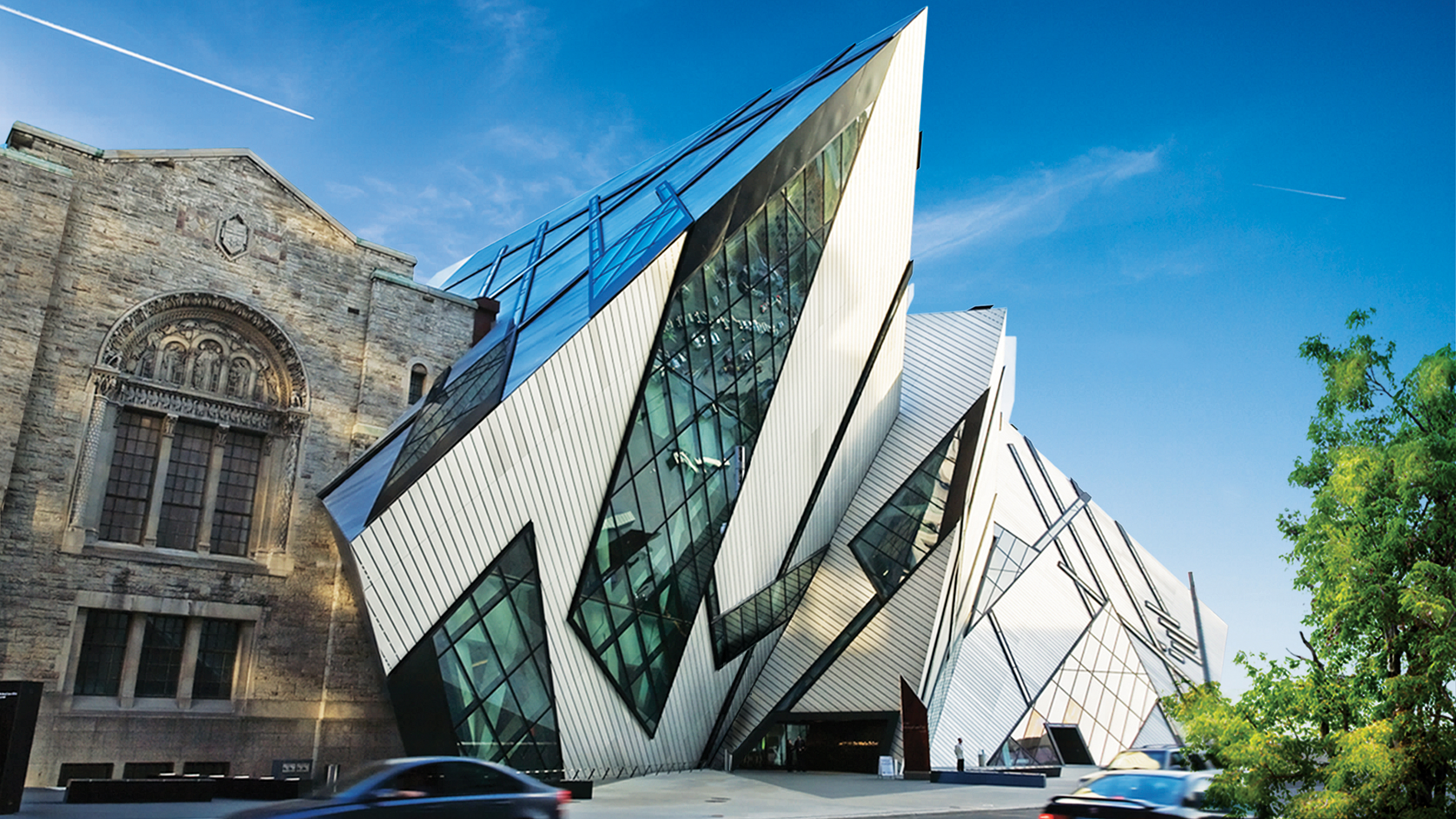Repatriation
Approach
Consistent with the findings of the Truth and Reconciliation Commission Canada, the Royal Ontario Museum (ROM) recognizes repatriation as an institutional priority. ROM addresses repatriation requests on a case-by-case basis and approaches repatriation as a community-led process, meaning that it integrates community values, needs, and interests in as many phases of the process as possible. ROM seeks specialized guidance from the specific Indigenous Nation or Nations who relate —either through direct descent or treaty rights—to the Ancestors and Ancestral remains currently at the Museum. ROM recognizes and respects Indigenous governance and sovereignty in any and all repatriation discussions and unless instructed otherwise, ROM restricts discussion of repatriation to specific Indigenous governments (including Chiefs and Tribal Councils) or to officially appointed representatives. The dissemination of information related to repatriation at the Museum is at the sole discretion of the Nation or Nations involved in the process.
For all inquiries regarding repatriation, please contact repatriation@rom.on.ca



Frequently Asked Questions
This usually begins by reaching out to one of the curatorial contacts listed above to see if ROM currently holds the Ancestors (human remains) and associated objects, other sacred objects or objects of cultural patrimony that the community would like returned to them . Once that is determined, communities usually submit an official request, which starts the formal repatriation process. The Board of Directors approves all repatriation requests to ensure alignment with policies and procedures. The Board of Directors meets once per season.
The ROM Board of Directors has two repatriation policies (see links below)—one dealing with Ancestors (human remains) and associated objects and another deals with objects of cultural patrimony including sacred or ceremonial objects. Both policies are available online, but we recommend contacting the relevant curator or other members of staff if you have any questions.
Officially appointed representatives of communities should contact one of the curatorial contacts listed above. They can do this by mail or email.
Because of the number of parties involved and the care taken, repatriations often take a long time to complete. The number of repatriations completed per year varies, but the Museum is always working on several repatriation projects at any time during the year.
They can do this by reaching out to one of the curatorial contacts listed above.
Most of the Ancestors at the ROM were collected or in some cases confiscated in the late 1800s or early 1900s. At that time, archaeology and museum collecting was very different from today. Ancestors were often collected without the consent or knowledge of descendant communities. In some cases, they were collected because of accidental discovery during public works (for example, discovery of a burial when putting in a new roadway or building). In other cases, they were collected as part of research strategies that are no longer acceptable for archaeologists and anthropologists. Over the last few decades, ROM has only conducted research with Ancestors (human remains) and only conducted research on them at the request of descendant communities.
This depends on the needs and interests of the community requesting the repatriation as well as the capacity of ROM staff, funding available, and the availability of the Board of Directors for approval. Repatriations often take a number of years to complete, but their duration varies significantly.
First, the community confirms that ROM holds the Ancestors (human remains) and associated objects, other sacred objects or objects of cultural patrimony in question. Next, they put in a formal request for repatriation. ROM staff then conducts thorough research into the provenance of the objects to ensure an accurate understanding of its collection history. Similarly, research is carried out to gain a full understanding of the significance of the object within Indigenous culture(s). The Museum must also communicate the repatriation request to other potential claimants to ensure that the object is returned to the appropriate community or individual. The research for competing claimants usually takes several months. ROM staff then complete a repatriation request for the Board of Directors to review. Once the request is approved, ROM works with the community to develop a plan for returning the Ancestors (human remains) and associated objects, other sacred objects or objects of cultural patrimony.
During normal operations, ROM usually responds to repatriation-related requests within 48 business hours.
Yes. Requests must be made by officially appointed representatives of a community. ROM’s repatriation policies only pertain to Indigenous Peoples in what is now known as Canada. ROM has also completed repatriations to other countries, including what is now known as the United States.
ROM does not make this information publicly available to ensure safety and security, but it does share this information with related First Nations representatives.
ROM currently has or houses Ancestors (human remains) and associated objects, other sacred objects, or objects of cultural patrimony from a number of First Nations within what is now known as Canada, and beyond. Please reach out to one of the curatorial contacts listed above if you have any questions.
Archaeology of the Americas generally includes objects and artworks made and used by Indigenous and early colonial peoples in North America. These collections were usually excavated from the ground and typically date between a few hundred years old to 12,000 years old. The archaeological objects that may be considered for repatriation largely consist of Ancestors (human remains), associated objects, and sacred or ceremonial objects.
The Indigenous Americas objects generally entered the collection having been passed on from one hand to another beginning around 1800 and continuing to the present day. The objects in this collection that may be considered for repatriation are primarily sacred items and objects of cultural patrimony. The Indigenous Americas collection generally includes objects and artworks made over the last few hundred years.
Unlike the United States, Canada has no federal repatriation legislation or funding. Ontario also has no provincial legislation nor funding mandating repatriation. This means that there are no federal or provincial funding sources available to help fund repatriations. ROM relies on donations and some operating budget for repatriation.
ROM’s repatriation policies pertain to Ancestors (human remains), associated objects, other sacred or ceremonial objects or objects of cultural patrimony.
This usually begins by reaching out to one of the curatorial contacts listed above to schedule a visit. If the visit involves Ancestors (human remains) or specific types of ancestral objects, ROM requests a letter of support from the relevant First Nation(s), specifically their chiefs or appointed community leaders.